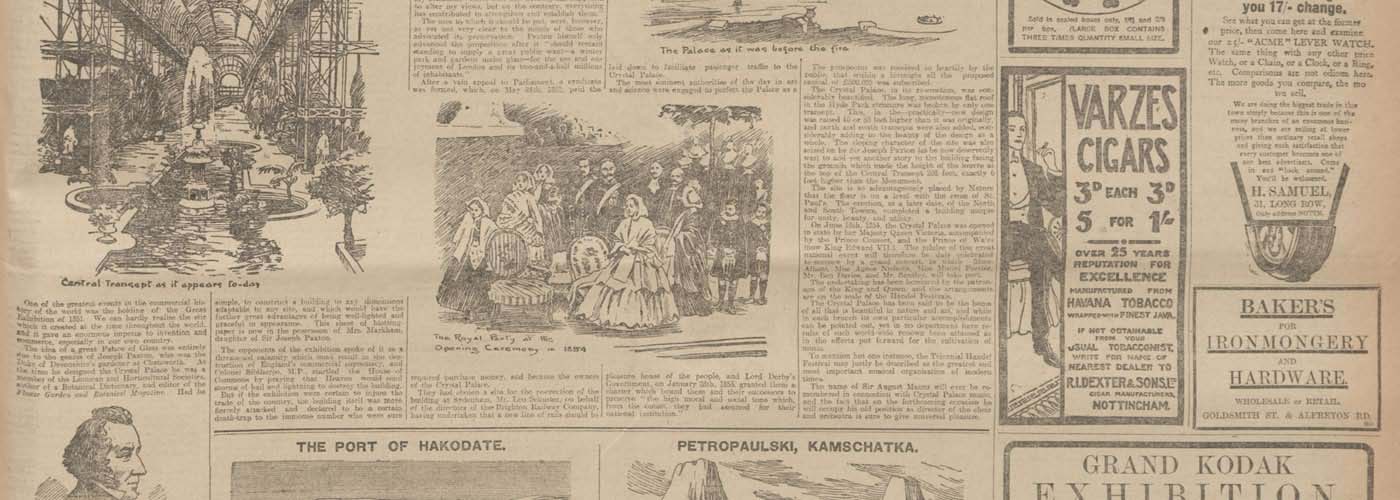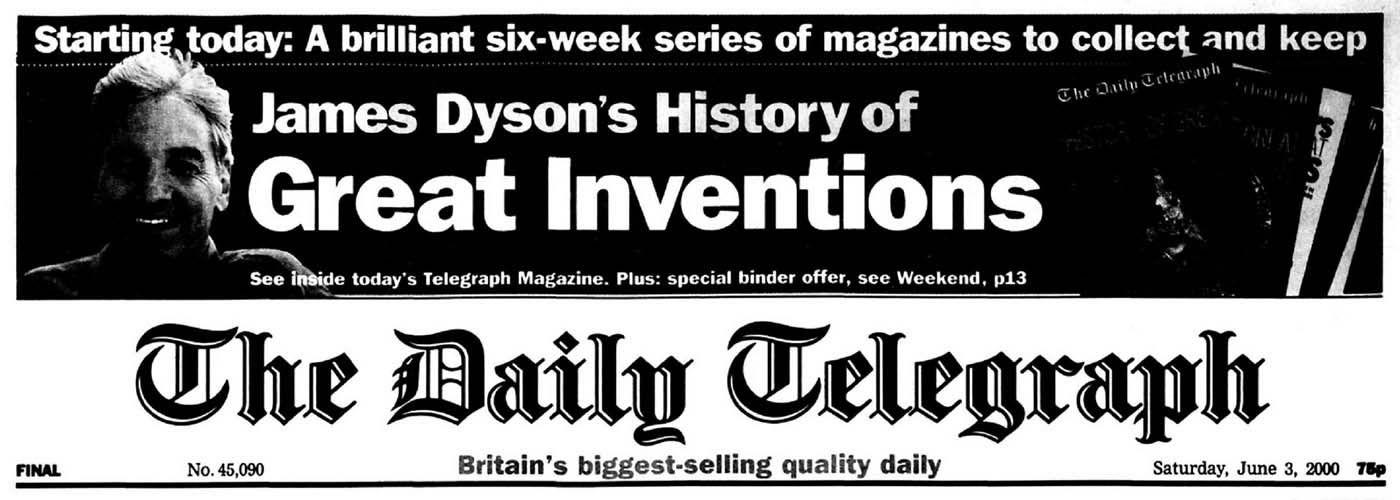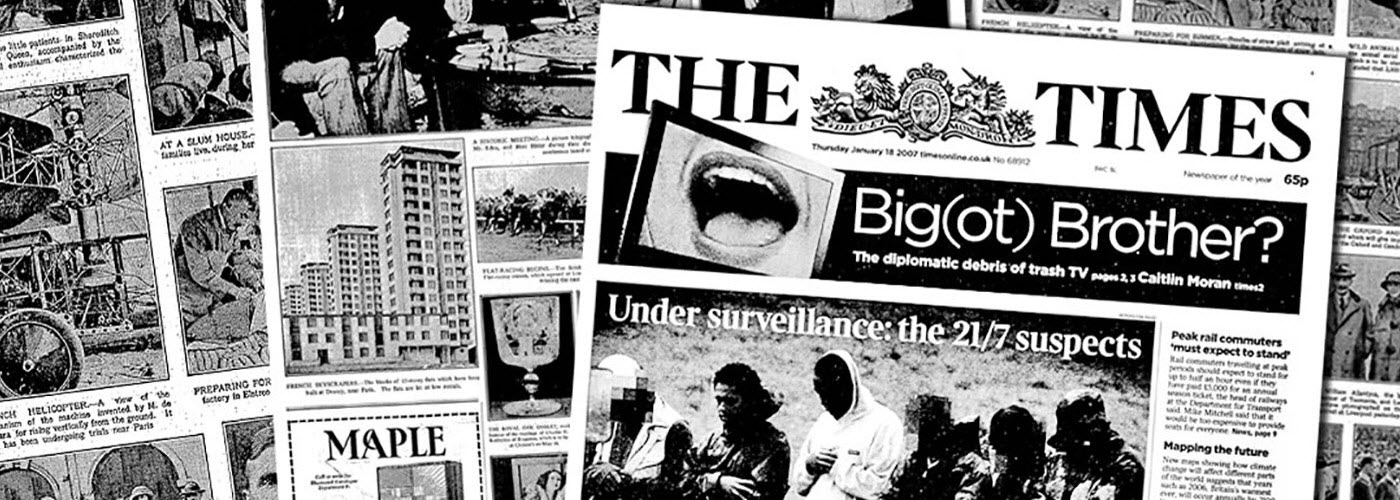Experience 150 years of political and social history in Britain and beyond through provocative and entertaining satirical commentary
From 1841 to 1992, Punch was the world's most celebrated magazine of wit and satire. From its early years as a campaigner for social justice to its transformation into national icon, Punch played a central role in the formation of British identity -- and how the rest of the world saw the British nation.With approximately 7,900 issues (200,000 pages) from all volumes of Punch between 1841-1992, including Almanacks and other special numbers (issues), as well as prefaces, epilogues, indexes, and other specially produced material from the bound volumes, and the images in the archive appear as originally published, the Punch Historical Archive, 1841-1992 enhances teaching, learning, and research.
Though contributions to the magazine were unattributed until after 1902, information from the ledgers has been incorporated into the Punch Historical Archive, allowing users to identify contributors and better understand the nature of the magazine and the Victorian periodical press. Gale, a Cengage Company, was pleased to collaborate with Liverpool John Moores University on the transcription of the Punch contributor ledgers from 1843-1919.
FEATURED TESTIMONIAL
“The Punch Historical Archive, 1841-1992 provides an essential resource for the study of British history, society, and culture in the 19th and 20th century. Punch remains very widely used in historical research and teaching, especially for its cartoons. While the satirical periodical has long been raided for its political cartoons, this resource allows these images to be placed in context and makes the rich material -- including prose, parodies, parliamentary sketches, social satire, and illustrations -- more accessible than ever before. The interface is very clean and there are a number of ways to search and access the content. The digitised material not only includes scans of the content of Punch issues but also related material that falls outside the text proper, such as almanacks, seasonal numbers, advertising, and so forth. Such material is often left out of digitisations, so it is welcome that it has been included here.”
- Dr. Henry Miller, lecturer nineteenth-century British history, University of Manchester, UK
Look Inside
Additional Details
subjects covered
- Chinese Studies
- Japanese Studies
- South & Southeast Asian Studies
- African Studies
- African-American Studies
- British Studies
- European Studies
- East European & Russian Studies
- Medieval & Renaissance Studies
- Western European Studies
- Gender & Women's Studies
- Humanities & Social Sciences
- Western Civilization
- Latina / Latin America / Caribbean Studies
- Middle Eastern Studies
- Religion & Philosophy
Support Materials
View and download these PDFs
Platform Features & Tools
Term Frequency
Researchers can see the frequency of search terms within sets of content to begin identifying central themes and assessing how individuals, places, events, and ideas interact and develop over time.
Topic Finder
By grouping commonly occurring themes, this tool reveals hidden connections within search terms—helping to shape research by integrating diverse content with relevant information.
Cross-Search Capability
Search across the materials of complementary primary source products, including books, in one united, intuitive environment, enabling innovative new research connections.

















